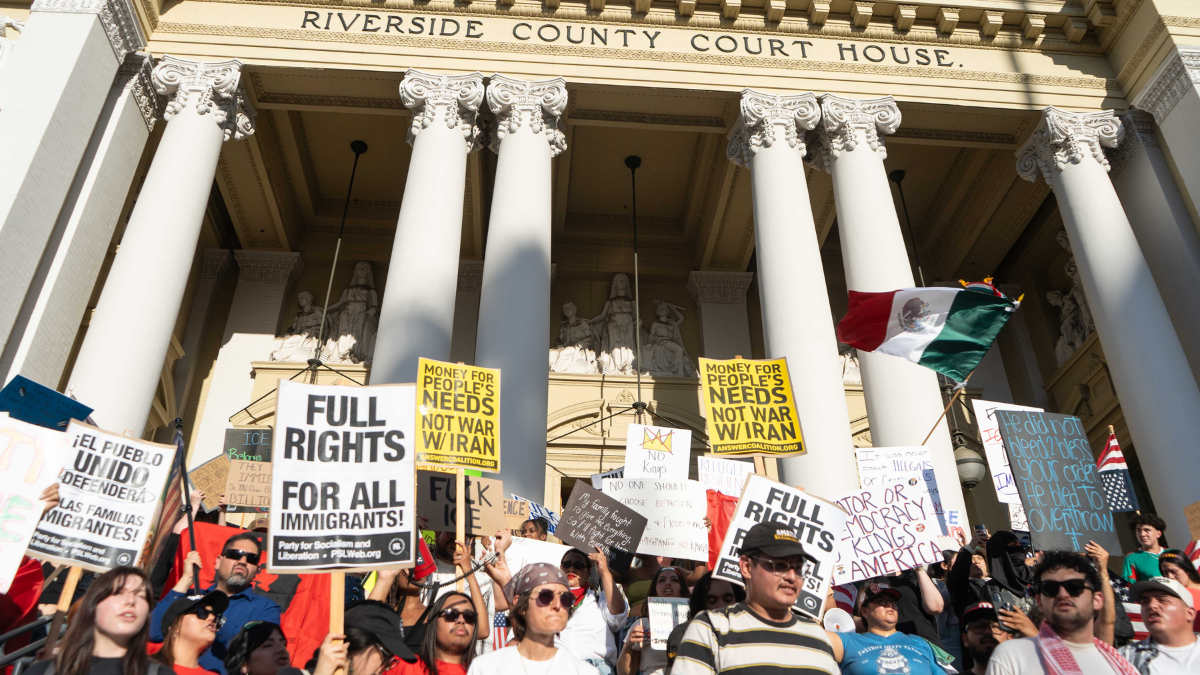The possibility of California becoming a more affordable place to live becomes unlikely after the results of the 2024 state ballot.
Three different propositions on the California state ballot would have led to increased minimum wage and more affordable housing.
Prop 5 would have allowed bonds that fund affordable housing and infrastructure to be approved with a 55% vote from the local electorate, two-thirds is currently required. The bonds would be tax-exempt and given to lower-income families. Across the US, similar bonds have provided housing for 3.5 million lower-income families. Prop 5 did not pass where 55.4% voted no and 44.6% voted yes.
Prop 33 would have repealed a ban on rent control. As of now, landlords can set their own prices on properties with only limitations on how much they can raise their rent at a time. If it had passed, local governments would have the ability to put limits on rent. Prop 33 failed to pass with a 60.6% vote against it.
A report by Statista found that the average rent jumped from $1,849 per month in 2020 to $2,200 per month in 2024.
A different report by the Public Policy Institute of California found that homelessness in California had risen by 7.5% between 2022 and 2023.
The United States Interagency Council on Homelessness reported that “As many as 40%-60% of people experiencing homelessness have a job, but housing is unaffordable because wages have not kept up with rising rents.”
If Prop 32 had passed, the minimum wage would have been raised from $16.50 to $18 per hour for employers with 25+ employees.
California’s minimum wage is currently set to increase proportionately with inflation. However, the rate at which the price of housing increases is greater than this number. Inflation in California has risen 2.8% from last year while the average housing price has risen 11.4% from last year. The average price of a home in April 2024 was a record high $904,210.
“Since February 2020, wages have increased 15% on average, but prices have increased 19%. What looks like a $5/hour pay increase actually feels like a $1.25/hour pay cut,” economist and director of the Public Policy Institute of California Economic Policy Center Sarah Bohn said.
More Californian’s begin to face financial struggles as the increase of wages continues to fall behind the increase of prices. The amount of California residents living in or near poverty in 2019 was 28.7%, but in 2023 it rose to 31.1%. The amount of residents living paycheck to paycheck increased as well.
People of color have been affected by California’s increasing unaffordability. Latinx and Black Californians in poverty increased 4% from 2022 to 2023. White Californians in poverty increased 1% from 2022 to 2023.
The California Budget and Policy Center attribute this to “redlining, wage discrimination, and chronic underinvestment in communities of color.”








